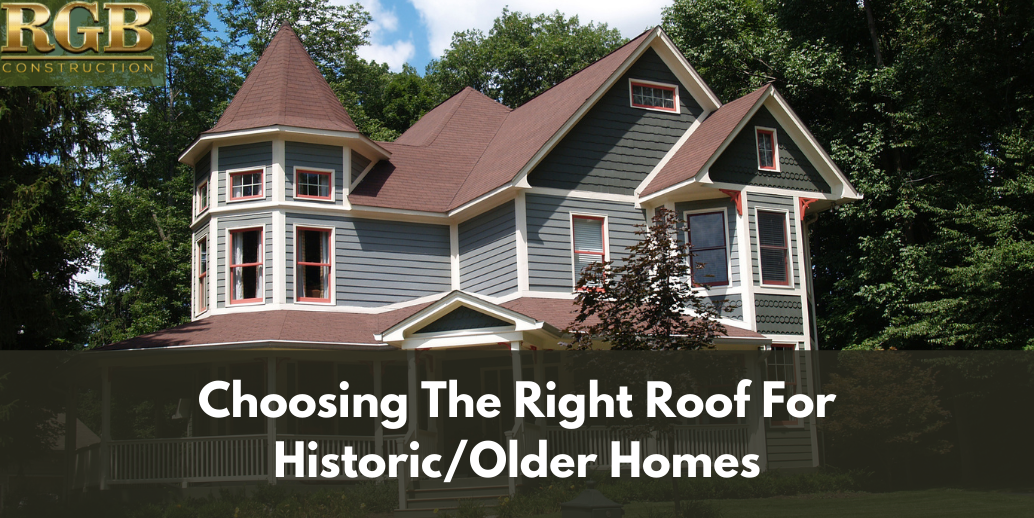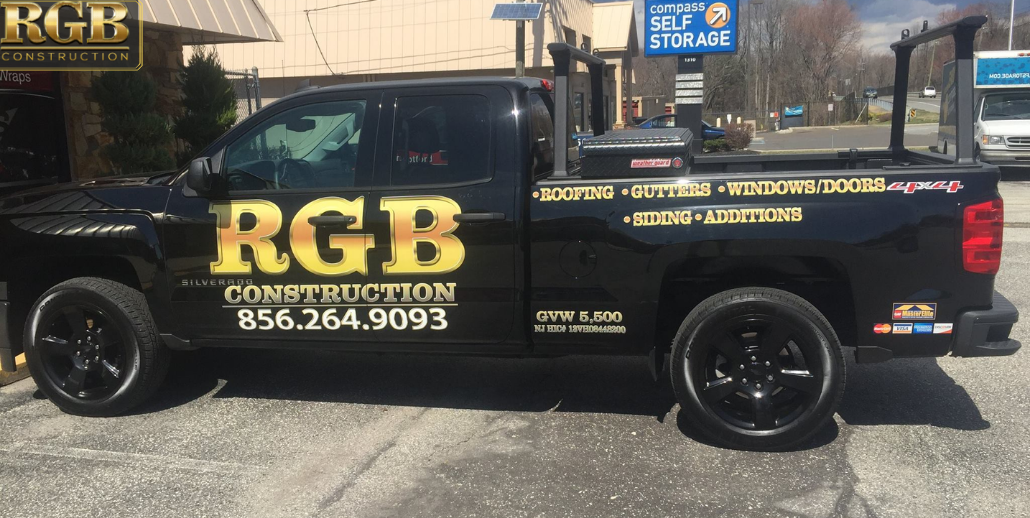With a historic or older home, choosing the right roof is an important aspect as you want to maintain the historical integrity of such a home and you want a roof that protects its value. So how do you go about choosing the right roof for a historical or even an older home? Here are some suggestions.
Search For A Roofer
Looking for the best roofers in my area should be a primary goal, as you want a contractor who has experience working on historic or older houses. You’ll need familiar with preserving historic roofs. That means looking for and talking to contractors and other experts. Ask them what their experiences with historic roofs and what materials they use. With materials like tile, slate, metal, and wood, you’ll find that any of them require various kinds of support systems and procedures for replacement.
Also, if the contractor you choose has experience with repairing historic roofs, ask them for pictures of any projects they’ve done in the past. You can ask for references concerning their work with historic roofing, too. Going through these procedures should help you make the right decision.
Assessing the Roof
Before you start any repairs, ask for a professional assessment of your roof. You want to determine what needs to be done. There may be extraneous repairs to be done before replacing any roofing materials. A licensed roofing company should do the assessment, which can involve removing a portion of old roofing, inspecting the attic space, and figuring out what’s happening underneath everything. You don’t want the roof to take on any more damage. That’s why it’s necessary to have a professional do the assessment. With a historical roof, any inspection should be done with care in mind and the right equipment.
Research
A historic roof repair or replacement will probably take a bit of research. Once the assessment is done, the roofing contractor will probably have to consult with both architects and historians who understand the roofing materials needed. Their research may go further by looking at the house plans, pictures, building details, and any background information from other owners.
When you know about your roof and the materials used, you’ll want to share that with the roofing contractor. Roofers will attempt to go along with the original roof’s layout, but many times the tools or materials may be outdated, which means they will have to turn to more contemporary options. When this happens, a roofing contractor, like RGB Construction, will stay true to the roof’s initial style and look.
Repairs
Without the proper materials used with the original roof, a roofing contractor will have to locate the right substitutes and they need to be as close as possible to the materials originally used on the roof and they also need to be consistent with any other materials on a roof. If your team cannot acquire the materials used for the original roof, they must locate substitutes. These substitutes should look identical to the original materials, and they should also be compatible with the other materials on your roof to not cause corrosion.
Documentation
With the replacement or repair of a historical roof, a roofing contractor has the responsibility of recording the work that has been done. This benefits those that follow or who own the house. All work done has to be documented in the right way to preserve the historic integrity and future of the house.
Architectural Eras
It’s important to know the architectural era of a historic home. It will better able you to decide exactly what type and style of roof you need. What are the basic eras and what do they reveal? Knowing the architectural era of your historic home will help you decide the most appropriate materials you’ll need for a replacement or repair.
- Saltbox (1607 – to the first part of the 1700s)
You depict a saltbox home as one with a very large chimney that is placed in the center of the house. The roof has a steep pitch that angles or slopes down to the first level of the house. There are also small windows. They built most of these homes in the eastern part of the country. Wood shingles typify the style and wood shakes and metal are roofing materials for salt-box style homes.
- Dutch Colonial (1615 – 1674)
Gambrel roofs represent Dutch Colonial homes (roof with two sides) and there are curved eaves that go along the length of the house. Roofing materials are wood shingles for this period.
- Georgian (1700 – 1780)
The style of a Georgian home is usually rectangular and made from brick. Features of a Georgian home include windows, shutters, and columns. Their entrances usually contain arches, pediments, and columns. In the southern part of the country, they are built of brick, and in the north with lap siding. Wood shingles are the most appropriate roofing material for this style.
- Federal (1780 – 1820)
A symmetrical front characterizes a Federal home, as do windows with shutters along with paneled doors and decorative molding. Wood, metal, and slate shingles are all-inclusive with Federal-style homes.
- Greek Revival (1825 – 1860)
Characteristics of Greek Revival homes include triangular-shaped gable ends, triangular windows, wide porches, and porticos with classical columns. With a Greek Revival home, you’ll want slate tiles, as they are the best roofing material for this type of home.
- Gothic Revival (1840 – 1880)
Gothic Revival-style homes have steep-pitched roofs and the doors and windows have arched panels. There are also cross gables that are decorative, first floor porches and doors with arched panels and windows in the Gothic style. These roof styles are slate or wood.
- Italianate (1840 – 1885)
An Italianate-style home is one with hip roofs (where all roof sides slope downward toward the walls of a home) and deep-set eaves that have brackets. The windows contain detailed crowns and entryways have doors with inserted glass. Italianate homes usually have metal roofs that help stop wastewater problems.
- Second Empire (1855 – 1885)
Second Empire style homes are like an Italianate home but are recognizable by their Mansard (four-sided gambrel-style hip roof) roofs and dormers. Use tiles or slate materials for these roofs.
- Stick Style (1860 – 1890)
Steep roofs and protruding gables characterize the Stick Style. The walls contain decorations on their surfaces rather than around doors, windows, and areas where decorative molding would be. Common roofing materials for this style of historic home would be shingles and slate.
- Queen Anne (1880 – 1910)
A Queen Anne, or Victorian home, contains roof lines that come together, symmetrical fronts, bay windows, and turrets. There is a porch on the first level, decorative trim work, and shingles with patterns. Slate is the choice of roofing material for a Queen Anne or Victorian home.
- Shingle (1880 – 1990)
A Shingle-style home displays wood shingles from the roof to the outer walls of the home. They are asymmetrical and are built directly into the rocks and hills of the seaside.
- Colonial Revival (1880 – 1955)
Colonial Revival homes have hipped, gambrel, or gable roofs. As this style is imitating the architecture of the Colonial era, wood shingles are the most appropriate roofing material.
Maybe you’re unsure of the right roofing materials for your historic home and need more information. If you need help to make that decision or just have general questions about roofing for a historic or older home, contact RGB Construction at 856-264-9093. They’ll give you the answers and the help you need to restore your home’s roof.








